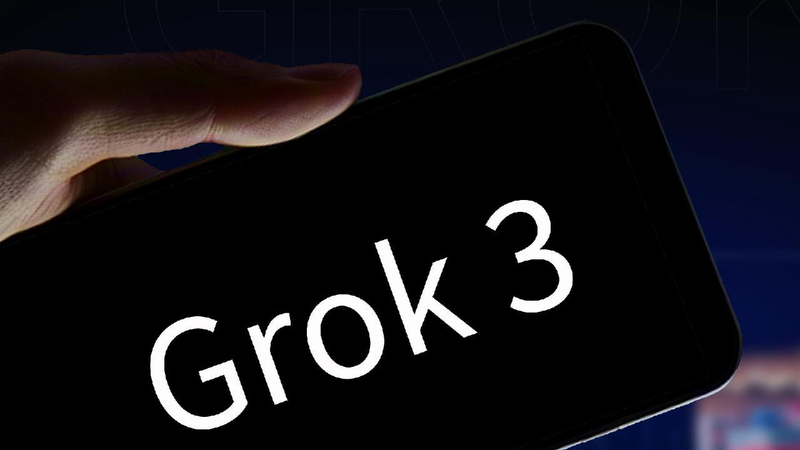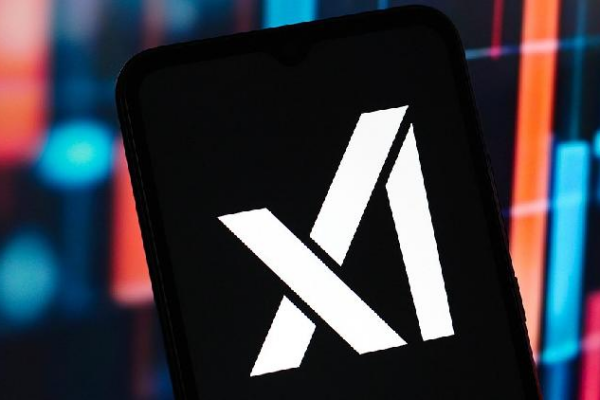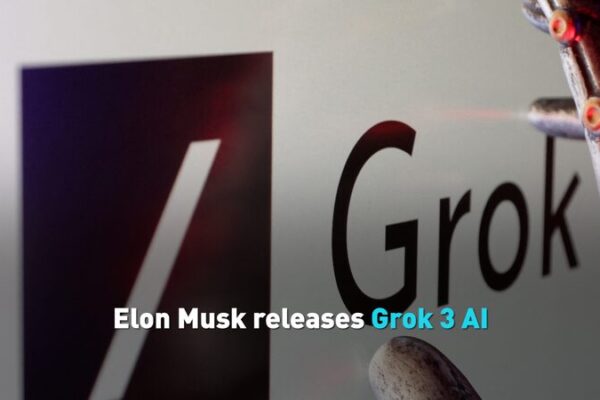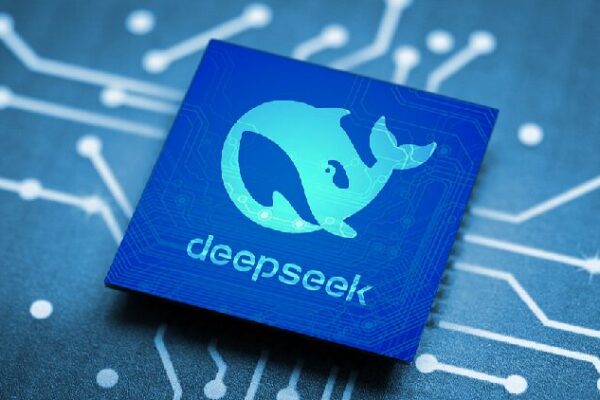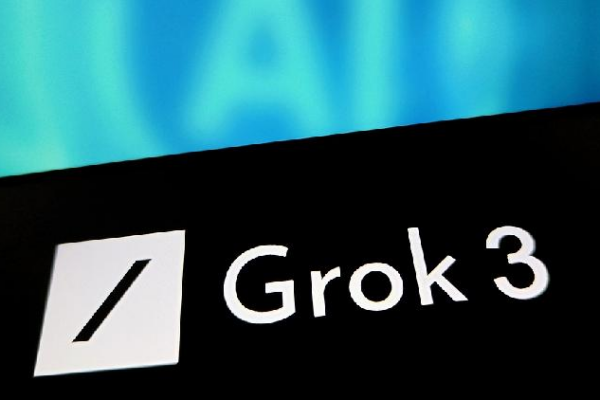Elon Musk’s artificial intelligence venture, xAI, is set to release its latest AI model, Grok 3, at 12 p.m. on February 18. Described by Musk as “scary smart,” Grok 3 promises significant advancements in reasoning, computational power, and adaptability over its predecessor.
The rapid development of Grok 3 was accelerated by xAI’s Colossus supercomputer. With an impressive array of 100,000 Nvidia H100 GPUs, Colossus provides ten times the computational resources compared to what was available for Grok 2. This massive boost allows for more efficient data processing, reducing training times and enhancing the model’s overall accuracy.
Grok 3 introduces several key improvements in its training approach. The use of synthetic datasets enables the model to simulate diverse scenarios, broadening its understanding and versatility. Self-correction mechanisms have been implemented to refine errors in real-time, and reinforcement learning techniques help the AI improve decision-making through trial and error.
xAI asserts that these updates will substantially reduce instances of “hallucinations”—incorrect or nonsensical responses—by incorporating validation steps and ensuring better logical accuracy. Additionally, the model integrates human feedback loops, where reviewers assess the relevance and accuracy of its outputs. Contextual training further allows Grok 3 to adapt its responses based on past interactions and user intent, making it more responsive and personalized.
Early testing indicates that Grok 3 outperforms existing competitors like OpenAI’s ChatGPT and Google’s DeepMind Gemini, especially in complex reasoning tasks. In a recent interview at The World Governments Summit in Dubai, Musk remarked, “This might be the last time that an AI is better than Grok,” highlighting the model’s advanced capabilities.
As the AI landscape continues to evolve rapidly, Grok 3 represents a significant leap forward. Its release is highly anticipated by developers, researchers, and tech enthusiasts worldwide, eager to explore the possibilities that this “scary smart” AI model brings.
Reference(s):
cgtn.com
